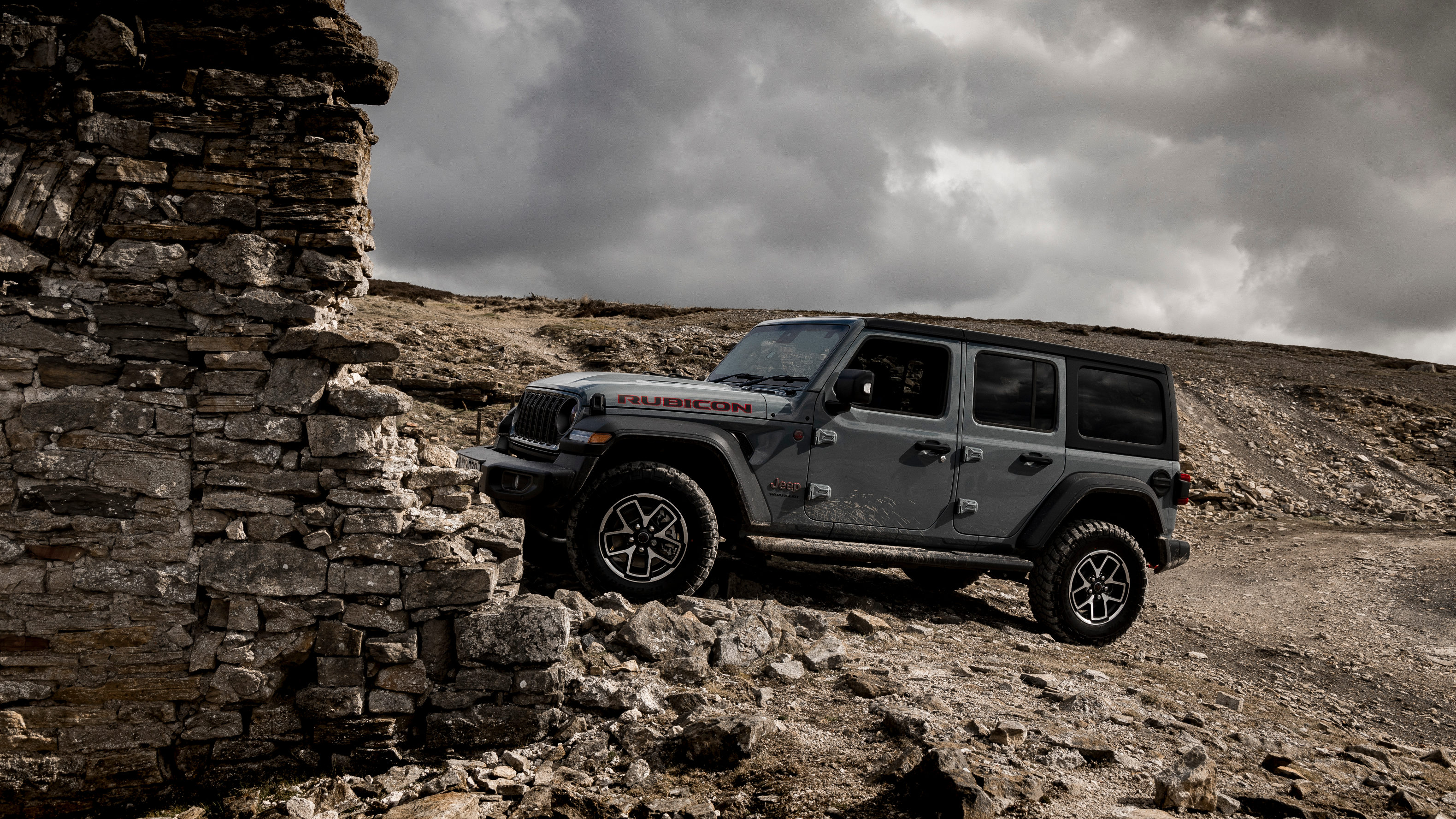Sense and capability: the Jeep Avenger EV has a distinct character all of its own
A compact electric runaround with hidden skills and features, the Jeep Avenger is a fine example of downscaling done well
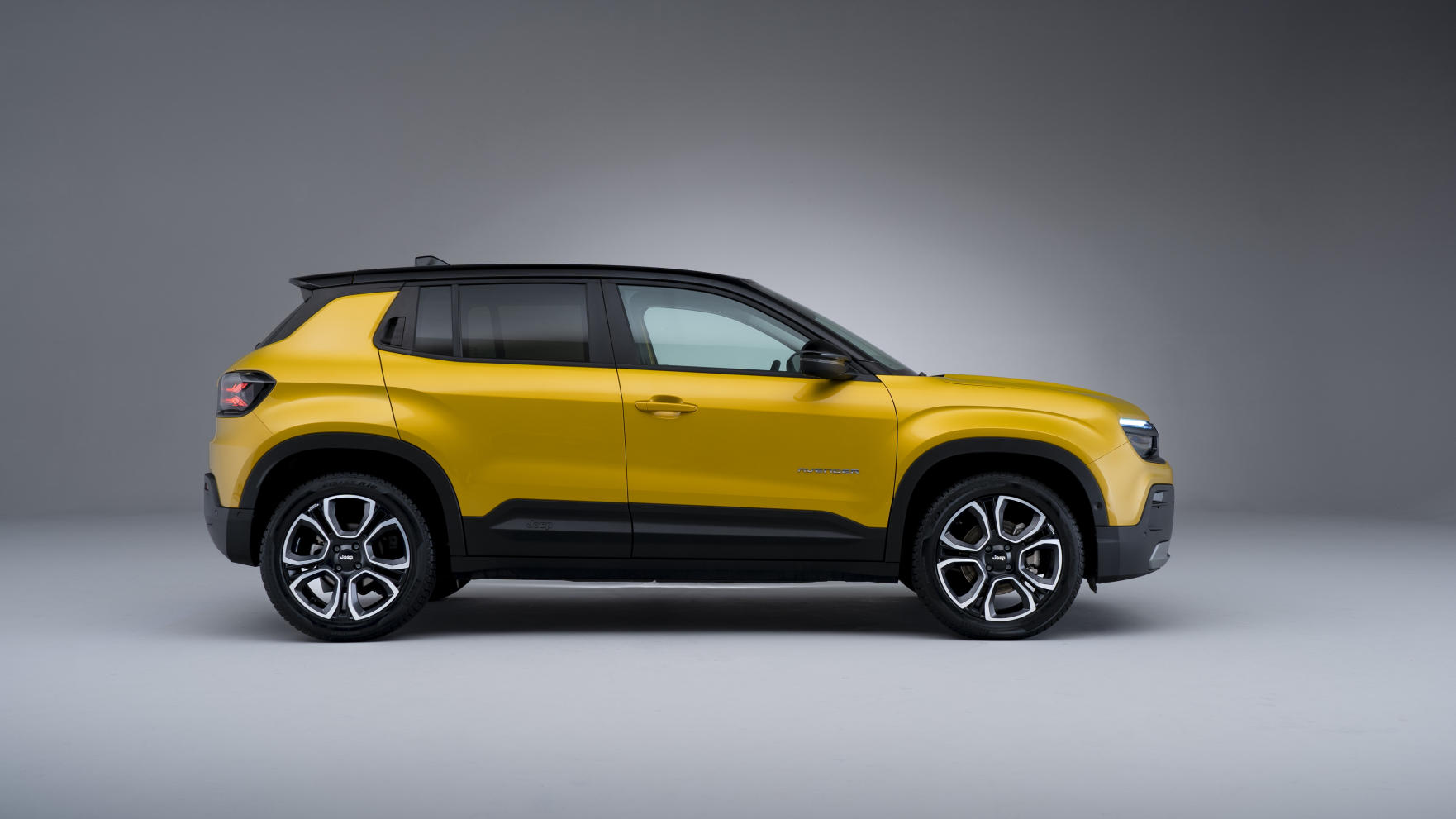
Of all the red-blooded American heritage brands, Jeep is the one that’s been most explicit about embracing an electrified future. It helps that its parent company is Stellantis, a global conglomerate of familiar nameplates, and that many modern Jeeps share their underpinnings with the company’s other brands.
This is the smallest Jeep on the market, the Avenger, a 4m long compact SUV built on Stellantis’s electric Common Modular Platform, key bits of which are also present in Fiat’s 600e, the Peugeot 2008 and the DS 3, amongst others. Crucially, it’s a Europe-only car – not available for sale in the brand’s American heartland – and is available only as a hybrid and a full EV.
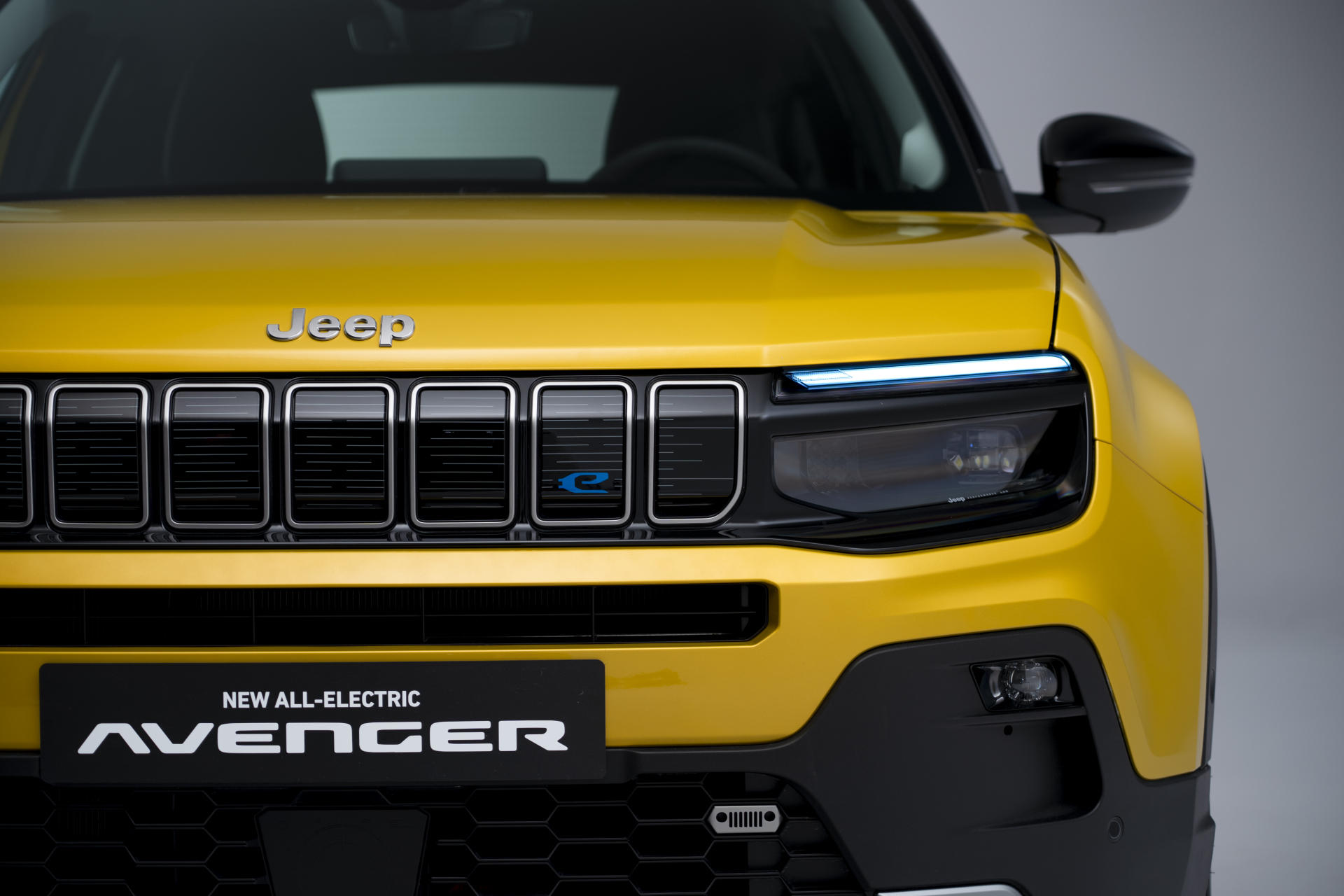
As if to cement that Euro-centric focus, the battery electric Avenger was the proud recipient of the 2023 European Car of the Year award, bestowed by an industry well aware of the cultural shift it represents. In terms of form, there’s a lingering familial resemblance to Jeeps gone by, not least the boxier, more roadable models like the Cherokee that emerged in the 80s and 90s. Compared to other SUVs, the shrunken dimensions bring added balance as well as a sense of toylike toughness, something missing from other Jeep models like the Compass.
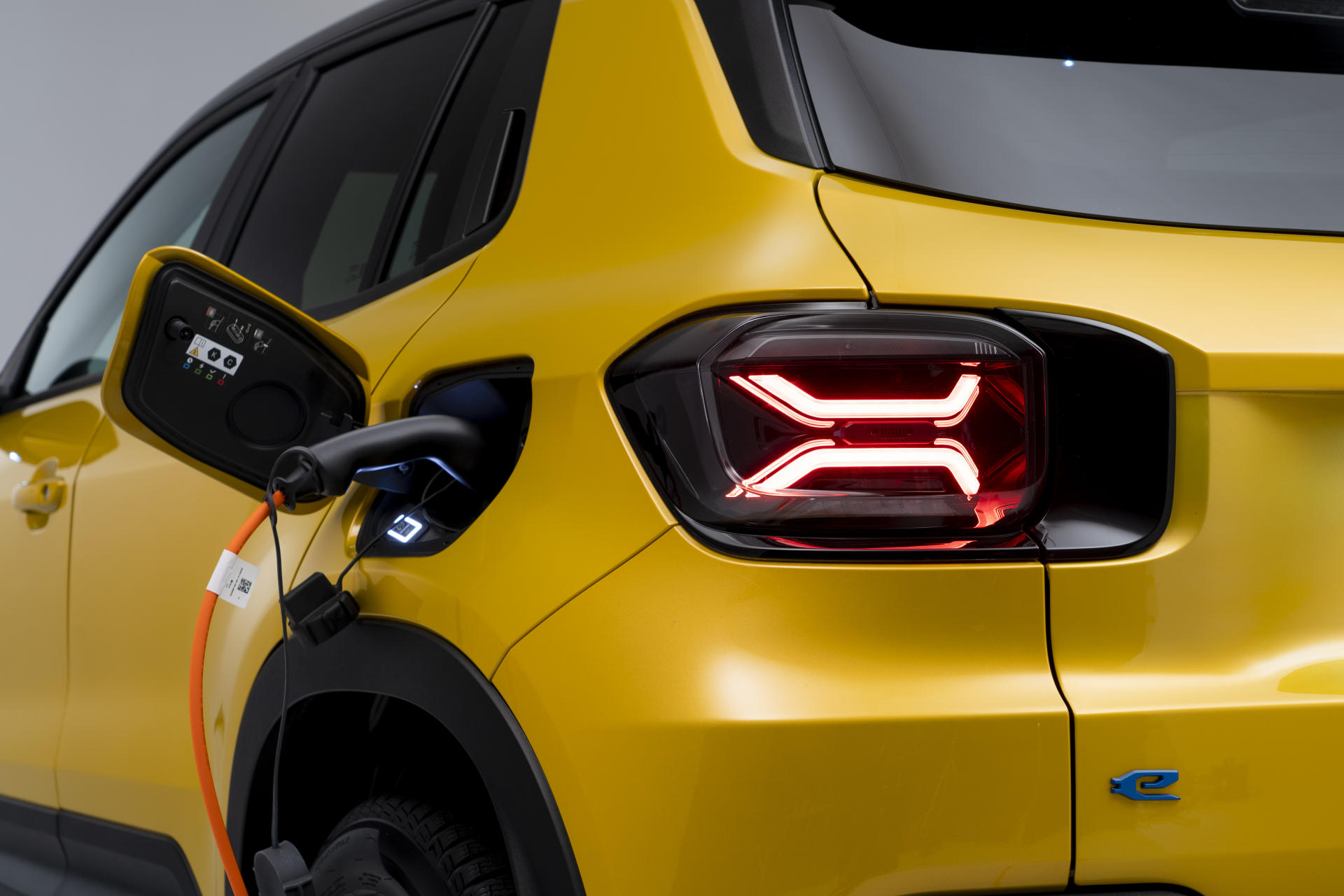
The Avenger still rides high and can theoretically be used for some light off-roading (the drive selector includes a terrain selector as well as a hill descent system), ensuring it retains ‘100% Jeep capability’. Even the name of the three trim levels – Longitude, Altitude and the flagship Summit – infer that the driver has more affinity with gorpcore culture than regular high street brands. Design decisions like having the body colour brought through to the dashboard help cement the rugged image, making one feel more attuned to the physical presence of the car.
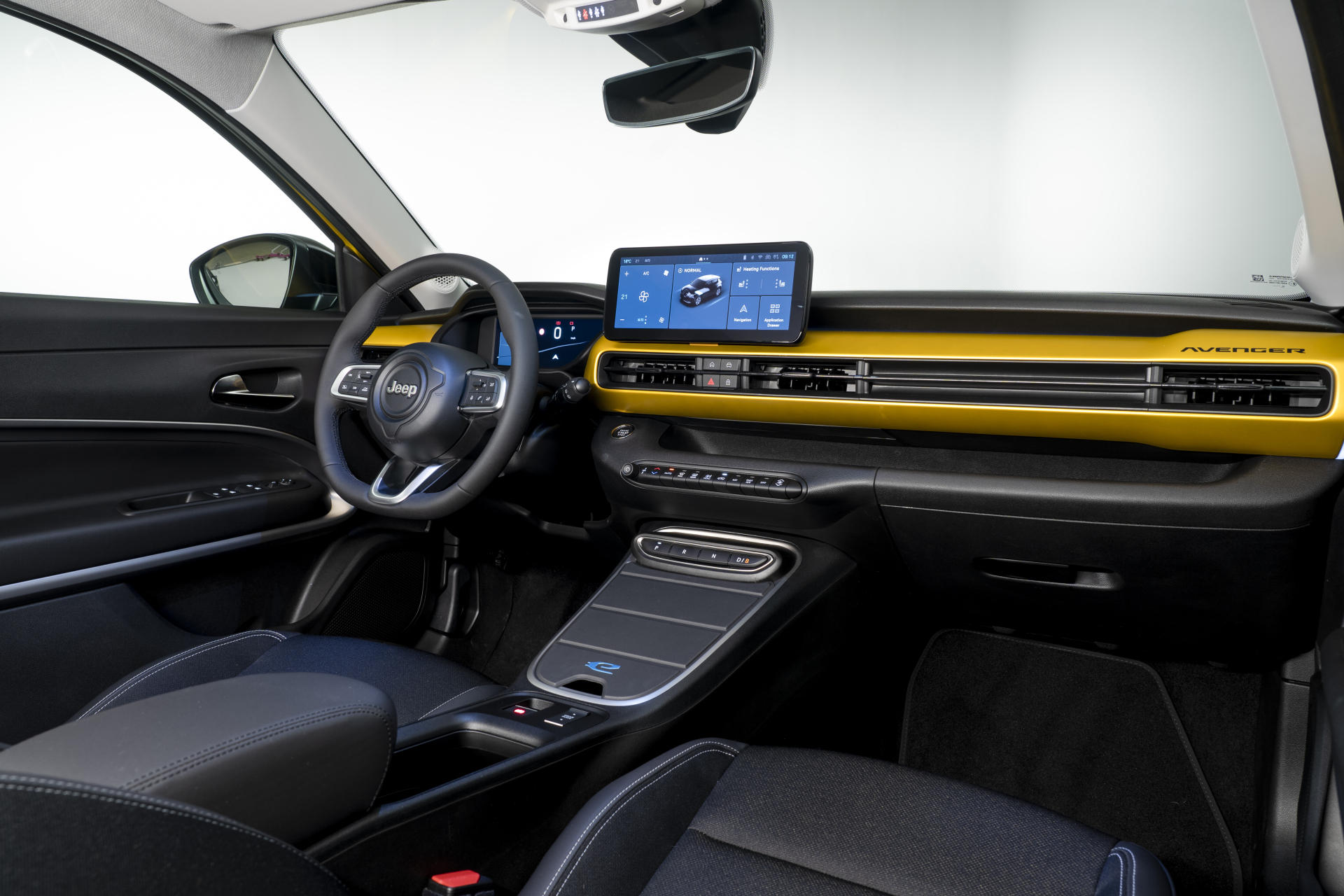
Platform engineering is all about such details, and the Avenger’s designers have scattered Easter eggs throughout the interior as a callback to the brand’s heritage. Just like the ‘Hidden Mickeys’ that permeate Disneyland, the original Jeep grille design can be found on wheels and elsewhere, with neat little illustrations at the base of windows and even on the roof. Overall, the Avenger feels like a junior version of Rivian’s ‘electric adventure’ focus, a capable machine with character
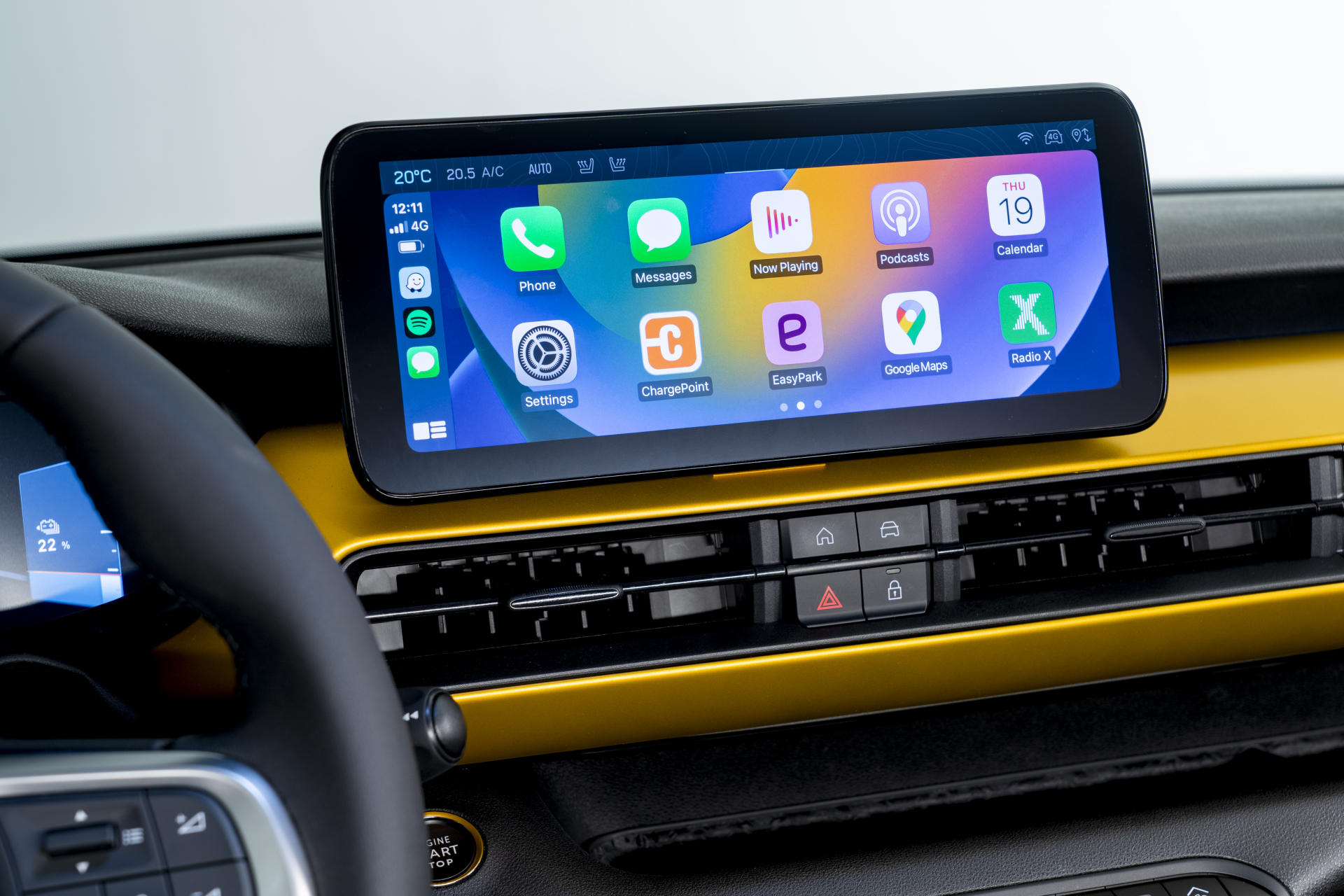
Another area of unusual focus is in the turn signal sound. Whereas Rivian developed their turn signal sounds from audio recordings of wood on wood, Jeep has gone further and seemingly assembled a virtual drumkit in order to give the Avenger’s signal noise a solid four on the floor beat. Regardless of whether you find such details quirky or contrived, Jeep is clearly doing something right.
The Avenger has proved to be a strong seller, with over 40,000 units sold since the car debuted last year, 40% of which are the pure electric version. Perhaps the Jeep brand is finally becoming divorced from its origins as a military machine? It might still be an SUV, but at least Jeep believes the future isn’t all about staying high and mighty.
Wallpaper* Newsletter
Receive our daily digest of inspiration, escapism and design stories from around the world direct to your inbox.
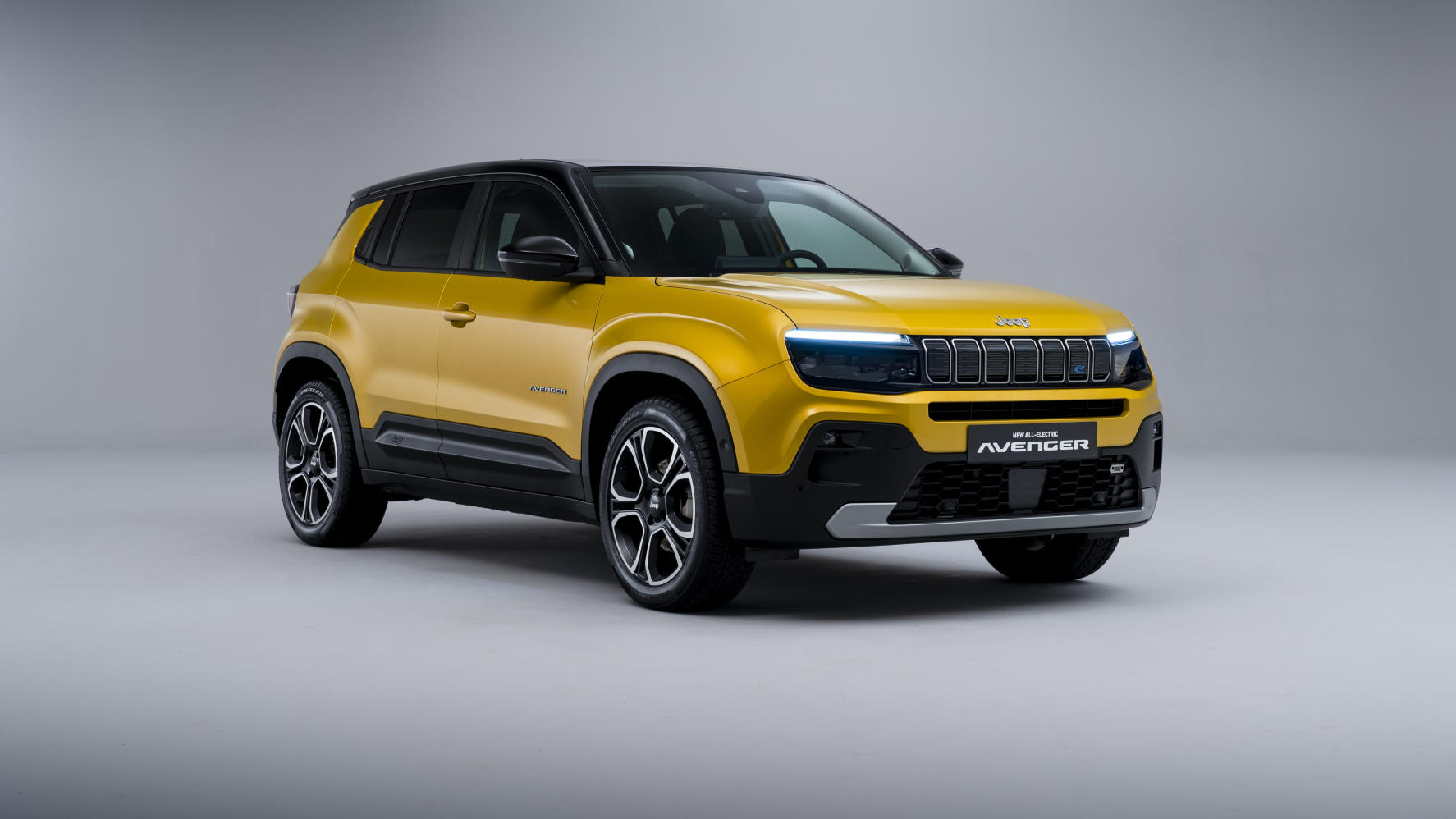
Jeep Avenger EV, from £35,700, Jeep.co.uk
Jonathan Bell has written for Wallpaper* magazine since 1999, covering everything from architecture and transport design to books, tech and graphic design. He is now the magazine’s Transport and Technology Editor. Jonathan has written and edited 15 books, including Concept Car Design, 21st Century House, and The New Modern House. He is also the host of Wallpaper’s first podcast.
-
 Put these emerging artists on your radar
Put these emerging artists on your radarThis crop of six new talents is poised to shake up the art world. Get to know them now
By Tianna Williams
-
 Dining at Pyrá feels like a Mediterranean kiss on both cheeks
Dining at Pyrá feels like a Mediterranean kiss on both cheeksDesigned by House of Dré, this Lonsdale Road addition dishes up an enticing fusion of Greek and Spanish cooking
By Sofia de la Cruz
-
 Creased, crumpled: S/S 2025 menswear is about clothes that have ‘lived a life’
Creased, crumpled: S/S 2025 menswear is about clothes that have ‘lived a life’The S/S 2025 menswear collections see designers embrace the creased and the crumpled, conjuring a mood of laidback languor that ran through the season – captured here by photographer Steve Harnacke and stylist Nicola Neri for Wallpaper*
By Jack Moss
